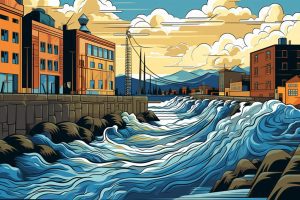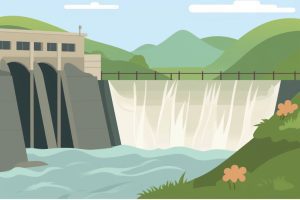KwaZuluNatal, a coastal province in South Africa, has been successful in maintaining stable dam levels throughout the winter season. This accomplishment is a testament to the province’s commitment to ensuring a consistent water supply and promoting responsible water usage. This article provides an overview of the current situation of dam levels in KwaZuluNatal and emphasizes the importance of water conservation measures.
The National Department of Water and Sanitation (DWS) is closely monitoring the water situation in the Western Cape following heavy rainfall, which has boosted dam levels in the province. The Western Cape Water Supply System (WCWSS), which consists of the six largest dams in the area, has reached an impressive 90% capacity, the highest level since June 2014. The Theewaterskloof dam, for example, currently has a water level of 96%, a significant increase from last year’s 76.67%.
The Department of Water and Sanitation (DWS) is optimistic about the Western Cape’s dam storage levels following significant increases due to last week’s persistent rainfall. The hydrological report from June 5th shows a combined average of Western Cape dams at 59.93%, up from 56.95% last week.
The Western Cape in South Africa is facing a slow refill of its dams despite recent rainfall, and the Water and Sanitation Department is encouraging residents to increase their conservation efforts. ### Dam Levels in the Western Cape




